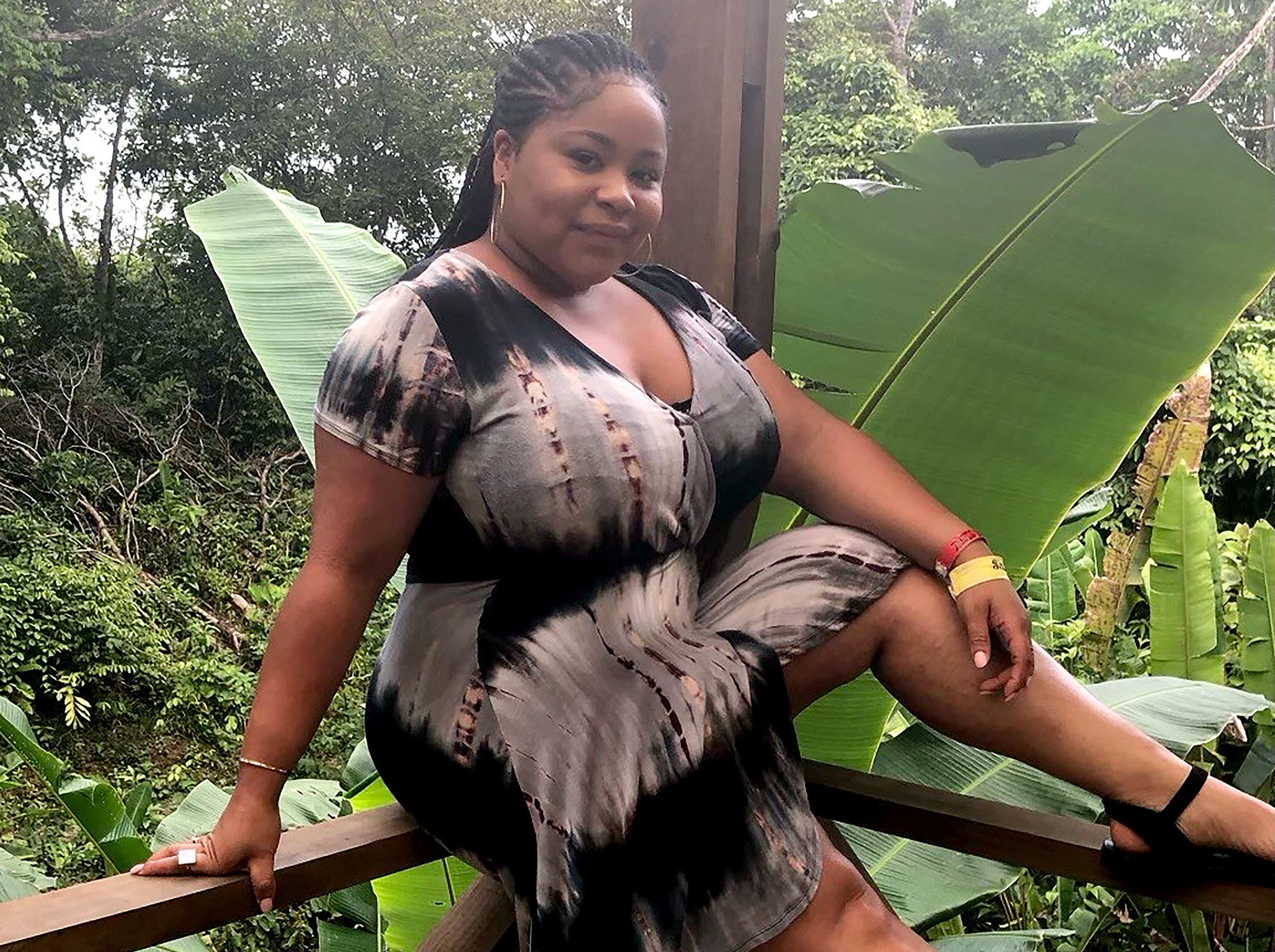Pilar Jones, Program Director at AHRC New York City’s Employment and Business Services-Brooklyn, provided this personal reflection on her heritage.
¡WAPIN! (Panamanian slang meaning “What’s happening?!”)
I am an Afro-Latina/Black woman and I consider my Panamanian heritage to be a huge part of my identity. While I have roots all over the Caribbean, specifically St. Kitts and Jamaica, my maternal grandmother was born in the Bocas Del Toro section of Panama and has the strongest impact on my upbringing. As a child, my grandmother helped to raise my sister and I and we spent countless weekends and school breaks with her. She taught me to speak Spanish and has passed on many honored traditions from her home country.
Being Panamanian is especially unique because it’s a country with a number of other cultures mixed in due to the Panama Canal, connecting the Atlantic and Pacific Oceans. Many migrated there when it was being built and it continues to be an extremely important port in Central America. In Panama, you can see communities of Europeans, Chinese, Caribbean, Indigenous people, and other ethnicities all mixed together. This is apparent in Panama’s food, music, the various languages spoken in different regions, and the culture of the country.
In Panama, you can hear people speaking Spanish, Chinese, Caribbean-Patois, in addition to a variety of Indigenous tribe dialects. My favorite foods consist of my grandmother’s arroz con guandules–rice with pigeon peas made with peppers and coconut milk; carimañolas, a traditional yucca fritter; and of course platanos– plantains. Panamanian music encompasses salsa, calypso, Spanish folk, and reggaeton. I’d have to say my favorite Panamanian artist of all time is El General, who is one of the founders of Spanish Reggae. He set a place for Panama’s mestizo musicians—people of mixed African, European, and Indigenous ancestry– and later influenced reggaeton and other musical artists in other Hispanic countries.
I feel extremely proud to be Panamanian and to share my culture with my colleagues and the people I support at AHRC NYC. My ability to speak Spanish has even improved over my years supporting people with I/DD, as I often communicate with families and people supported to assist them with services. When we have parties at our day program, I was glad to dance some salsa or merengue with anyone who wanted to try, and I’ve tried to teach those in the program a few Spanish words or terms. Another example is my name. Pilar is not too popular in the US but in countries like Panama, it is more common. When meeting new people, it’s always nice to give some background of how I got my name and where my family originates from.
